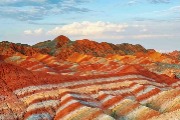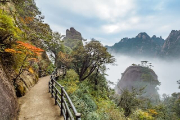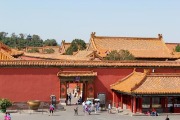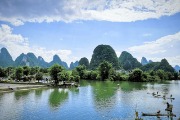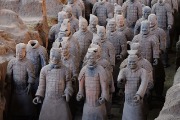Top 10 Mountains in China
If you’re an outdoor enthusiast, you definitely can’t miss these 10 must-visit mountains in China.
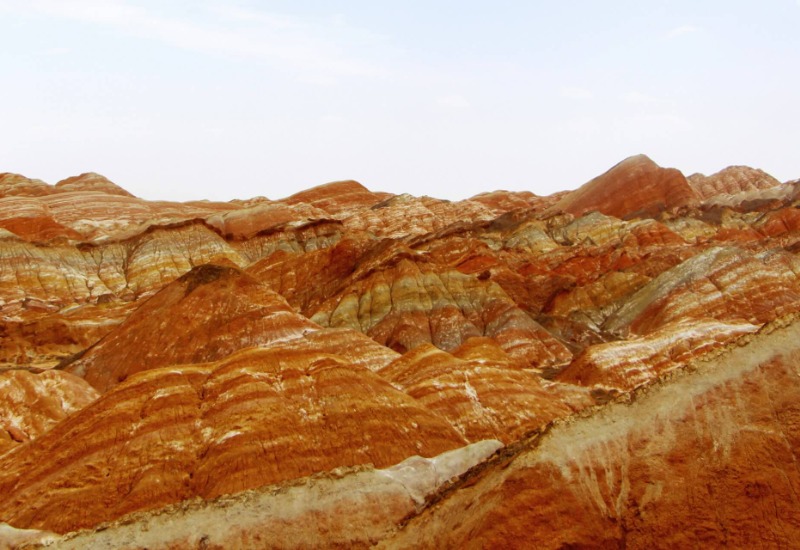
Today, we’re going to introduce the top 10 must-visit mountains in China. These mountains were selected based on three criteria: First, they offer unique and stunning natural scenery. Second, they are rich in traditional Chinese culture, allowing visitors to experience local culture while enjoying the views. Third, they’re popular on major global social media platforms, meaning they are widely recognized and loved by tourists.
We’ll count down from No. 10 to No. 1 and introduce each mountain one by one.
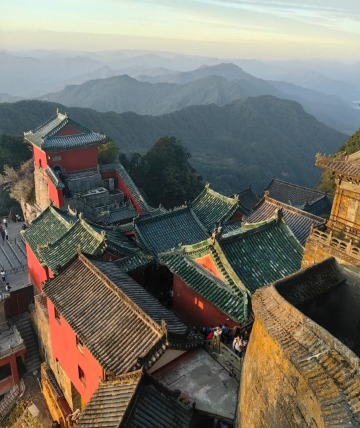
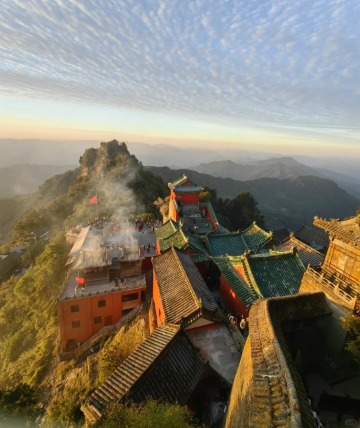
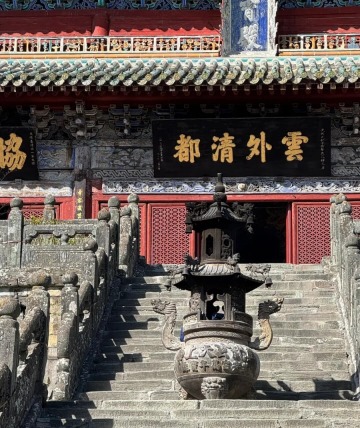

Wudang Mountain (武当山) is located in central China, in Hubei Province. It’s one of China’s most famous Taoist holy sites, home to many ancient Taoist buildings. In 1994, it was added to UNESCO’s World Heritage list.
China Wudang Mountain is famous for two things:
①Wudang Martial Arts: You might have heard of Tai Chi. Its founder, Zhang Sanfeng, is also the founder of the Wudang School. Here, you can watch and even try out Tai Chi and other Chinese martial arts. If you’re up for it, you can join the Wudang School and become a “Wudang disciple.” Right now, Wudang has 38 martial arts branches around the world, spread across over 50 countries, with more than 20,000 overseas disciples.
②Taoist Culture: As a Taoist sacred mountain, Wudang is home to stunning Taoist buildings, like the Zixiao Palace and Yuxu Palace. There are often Taoist events here, such as temple fairs, rituals, chanting by Taoist priests, calligraphy exhibitions, and traditional Chinese art shows.
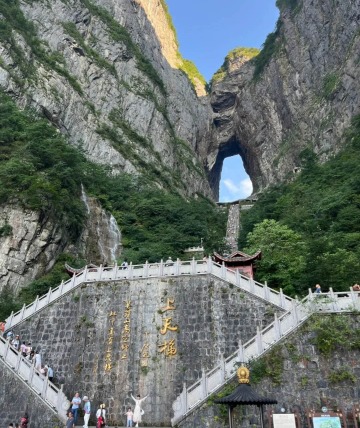
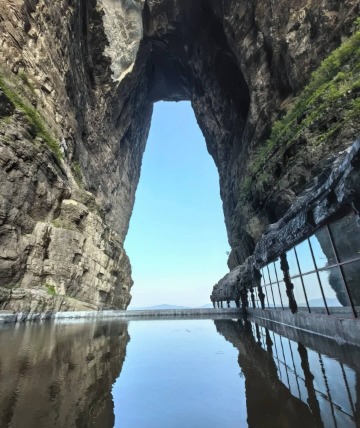
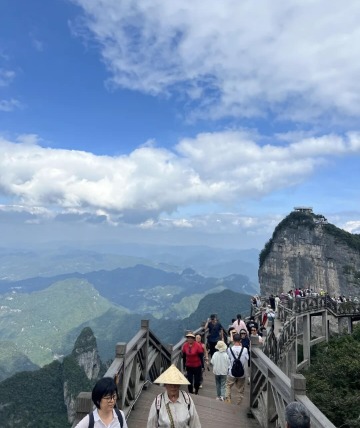
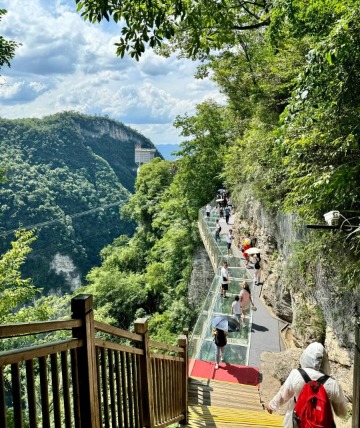
Tianmen Mountain (天门山) is located in Zhangjiajie, Hunan Province, China. It’s a China mountain “connected to heaven.” The mountain is famous for Tianmen Cave, the world’s highest natural mountain cave. When sunlight shines through it, it looks like “the gateway to heaven is open.” Because of this, Chinese people call it the “door to the heavens.” The cave was formed over time by erosion from flowing water, creating a hollow. As the earth’s crust rose, the cave emerged and kept getting higher. It’s a natural wonder you won’t find anywhere else.
Besides the cave, there are plenty of thrilling experiences here:
①A 60-meter-long glass skywalk that makes many people’s legs go weak—super exciting!
②The world’s longest cable car, the Tianmen Mountain Cable Car, which gives you stunning views of the entire mountain.
③Climbing to the top of Zhangjiajie Tianmen Mountain to enjoy endless sea of clouds.
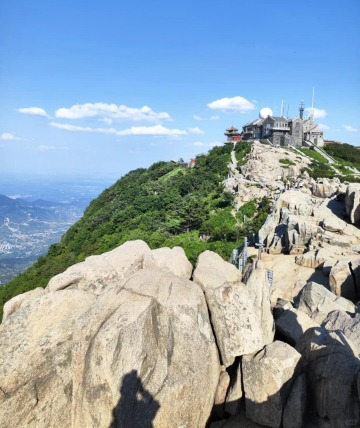
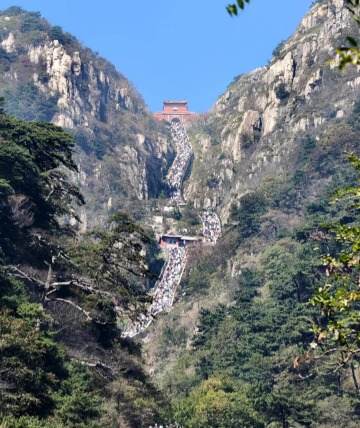


Mount Tai (泰山) is in northern China, in Tai’an City, Shandong Province. It’s a China mountain that’s made countless people’s legs go weak. In 1987, it was listed as a UNESCO World Heritage site for both cultural and natural significance, which shows just how important it is for both its natural beauty and its cultural experience.
Why is Mount Tai so important? It’s been a symbol of Chinese culture for centuries, blending the legacies of Confucianism, Buddhism, and Taoism. Since Emperor Qin Shi Huang, 13 emperors have climbed Mount Tai to perform sacrifices. Many famous Chinese writers and scholars have also left their marks here, making it a treasure trove for anyone studying China’s ancient history and culture.
If you want to climb from the foot of the mountain to the summit, you’ll have to walk up 6,366 steps. Along the way, you’ll pass many ancient Chinese buildings and cliffside inscriptions. Once you reach the top, at the Jade Emperor Peak, you’ll get a breathtaking view of the entire Taishan Mountain and the sea of clouds below. There’s also an International Mountaineering Festival held here every year, attracting thousands of participants from all over the world. If you’re up for the challenge, you can join in too!

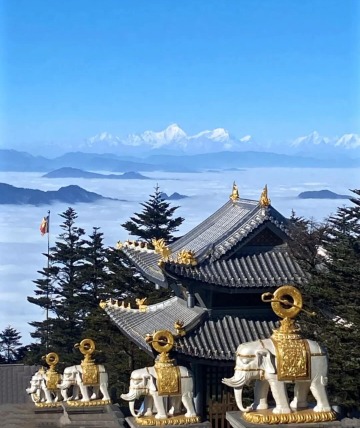
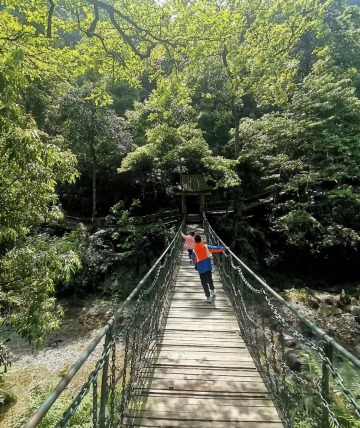
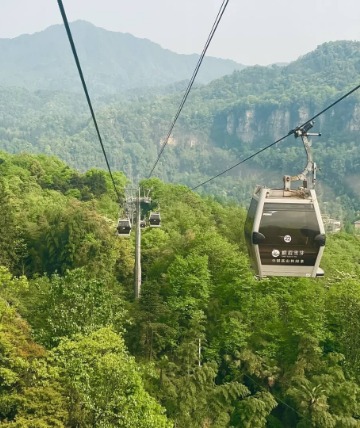
Mount Emei (峨眉山) is in Leshan, Sichuan Province, China. It’s a China mountain deeply tied to Buddhism. In 1996, it was listed as a UNESCO World Heritage site along with the Leshan Giant Buddha.
At the top of Mount Emei, you’ll find the world’s largest statue of Samantabhadra, the Bodhisattva of Universal Virtue. Every day, pilgrims from all over the world come to worship here. As you descend the mountain, you’ll pass many ancient temples. Lots of visitors come to try vegetarian meals, meditate, or practice yoga. The natural beauty of Emei Mountain is wonderfully old and peaceful. It’s also home to China’s largest wild monkey reserve, but be cautious of the monkeys—they’re known for being wild and a bit aggressive!
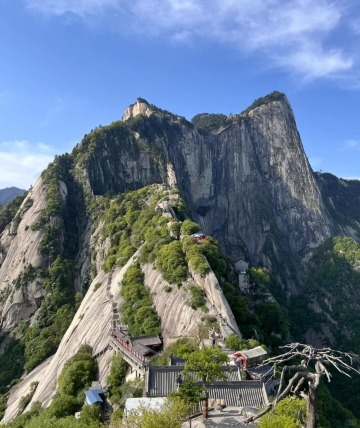
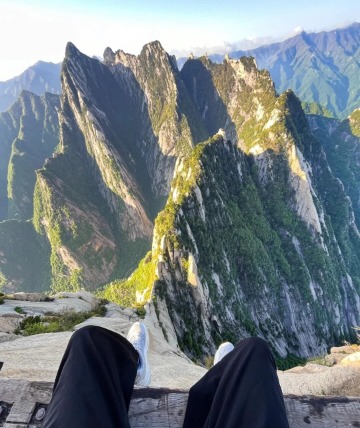
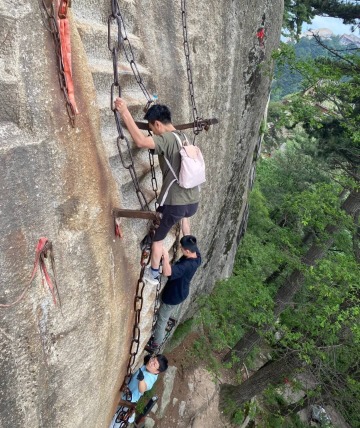
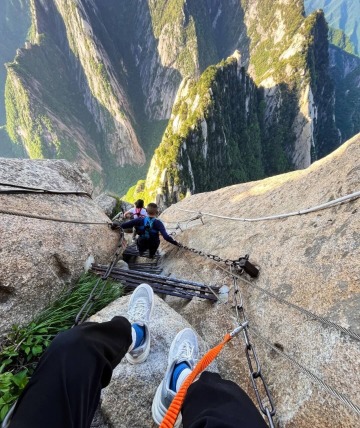
Mount Hua (华山) is in the northwest of China, in Huayin City, Shaanxi Province. It’s known as “the most dangerous mountain” in China. The paths here are extremely steep, and in many places, you have to use both hands and feet to climb. One side is a sheer cliff, the other is a bottomless abyss—one wrong step, and you could fall. The extreme terrain and tough climbs make it a real test of strength and willpower. If you’re a mountain enthusiast, Mount Hua is a must-do!
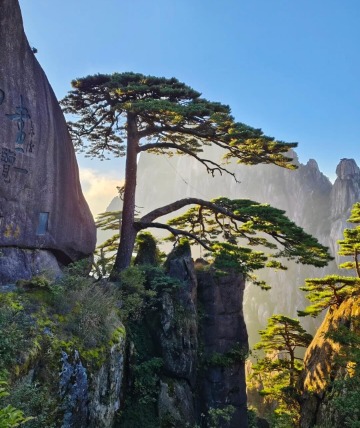
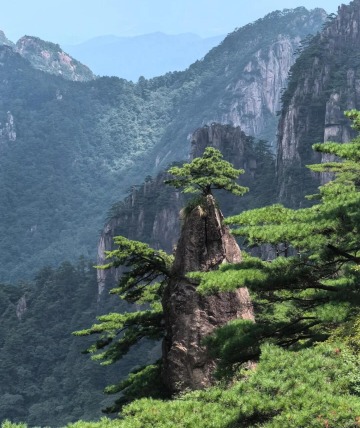
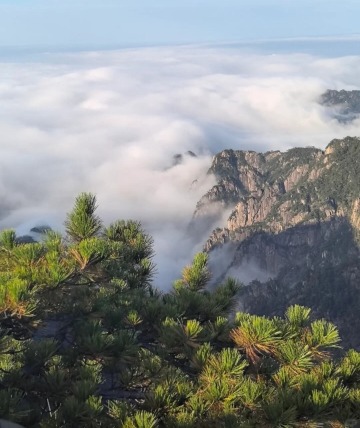
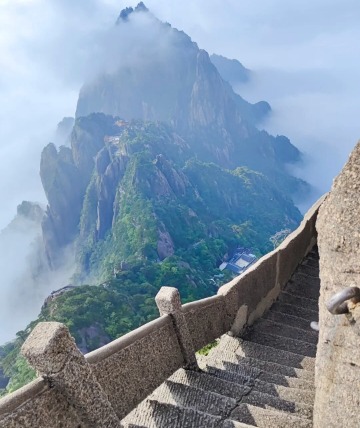
Yellow Mountain (Huangshan Mountain) (黄山) is in the eastern part of China, in Huangshan City, Anhui Province. It’s a mountain worth spending three days exploring. It’s famous for five things: pine trees, weird rock formations, sea of clouds, hot springs, and winter snow.
The pine trees here don’t grow from the soil—they actually grow out of solid rock. The most famous one is the “Welcome Pine,” a symbol of Chinese culture, often seen on stamps, postcards, and other cultural items. Besides the pine trees, the strange rock formations are pretty fascinating. Some look like people or animals, while others resemble objects or scenes, and many are named after historical stories or myths. At the top of this China mountain, you’ll be treated to an endless sea of clouds and the breathtaking sight of the sun rising from it.
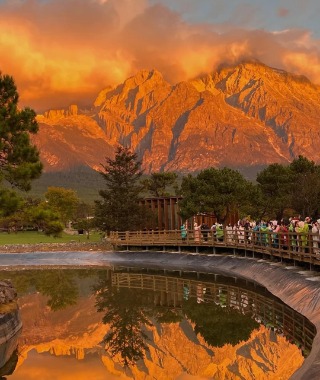

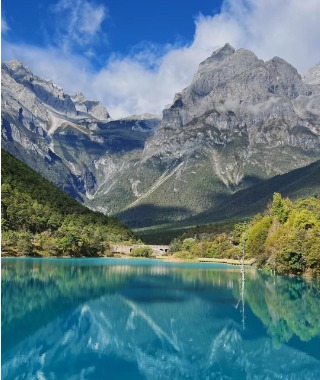
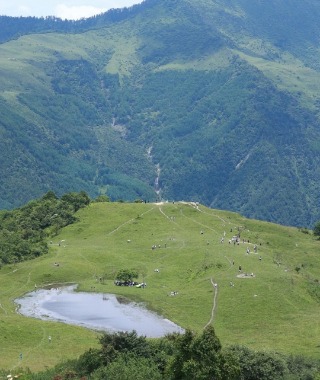
Jade Dragon Snow Mountain (玉龙雪山) is located in the southwestern part of China, in Lijiang City, Yunnan Province. Its highest peak rises to 5,596 meters. This China mountain gets its name from the way its thirteen peaks line up, resembling a giant white dragon.
The sight of the first rays of sunlight breaking through the clouds and lighting up the snowy peaks is truly awe-inspiring, transforming the mountain into a stunning “golden mountain.” Besides hiking on the snow-capped peaks, some other must-see spots on Jade Snow Mountain Lijiang include:
①Blue Moon Valley, often called the “Little Jiuzhaigou,” where the lake sparkles like jewels under the sunlight, with views of the distant snow-capped mountains.
②Spruce Meadow, a vast grassy area hidden in an ancient spruce forest, at an elevation of 3,240 meters.
③Yak Meadow, where you can see herds of yaks grazing and strolling. You can also try local activities like horseback riding and archery.
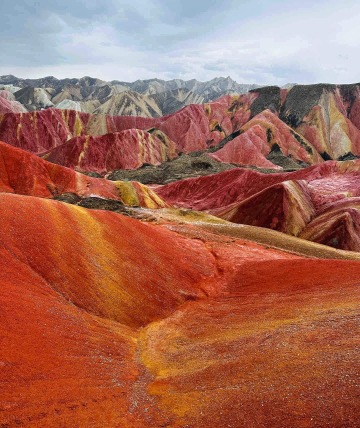
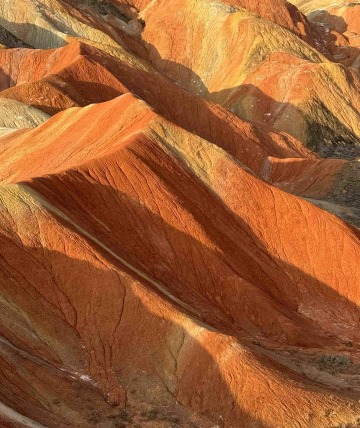
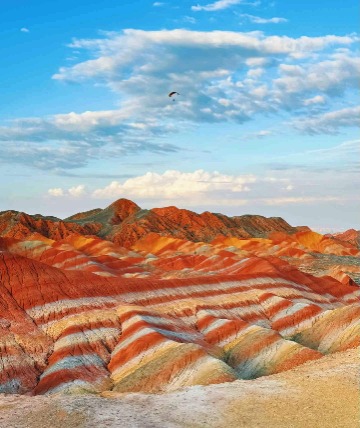
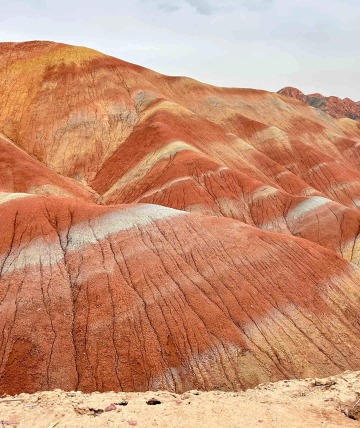
China Rainbow Mountains, also known as Zhangye Danxia Geopark China (张掖丹霞地质公园), is located in the northwest of China, in Zhangye City, Gansu Province. The colors here range from red and yellow to white and greenish-blue, creating waves of color that follow the contours of the mountains. Some areas even have colors that slant down from the peaks, like draped fabric. Under the sunlight, the colors are incredibly vibrant and breathtaking. This kind of scenery is truly unique in China.
The formation of the Zhangye Danxia National Geological Park is the result of long-term geological movement, weathering, and erosion from wind and water. These landforms began to form around 6 million years ago and are mainly made up of red gravel, sandstone, and mudstone.
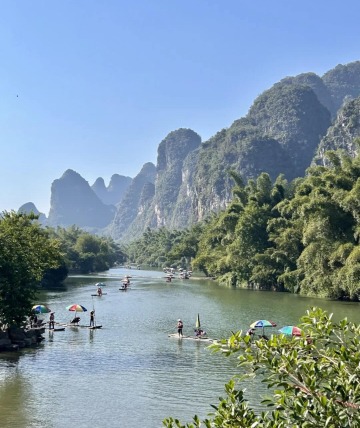
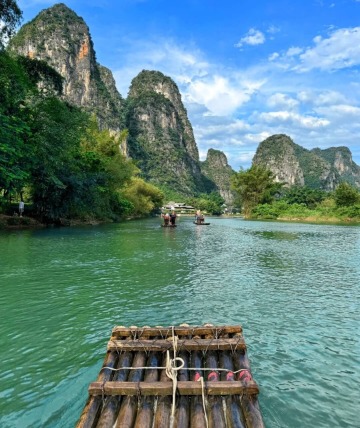
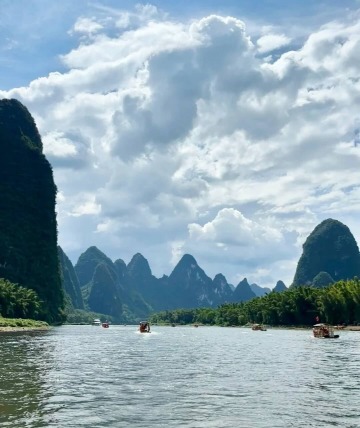
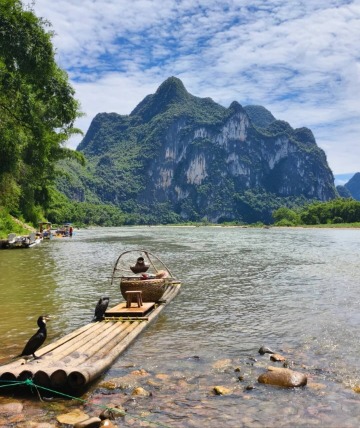
There’s an old Chinese saying everyone knows: “Guilin’s China mountains and rivers are the best under heaven.” The mountains in Guilin (桂林山水) are unlike any others in the world. Their beauty is like something out of a painting, and many visitors are left in awe, unable to believe they’re seeing it in real life.
The essence of Guilin’s beauty lies in the Li River. The water is crystal clear, and its surface is like a mirror, reflecting the blue sky, white clouds, and the surrounding mountains. You can take a boat ride along the Li River to enjoy the breathtaking views of Guilin’s unique peaks. Besides enjoying the scenery, you can also join local fishermen on their boats to try traditional fishing methods.

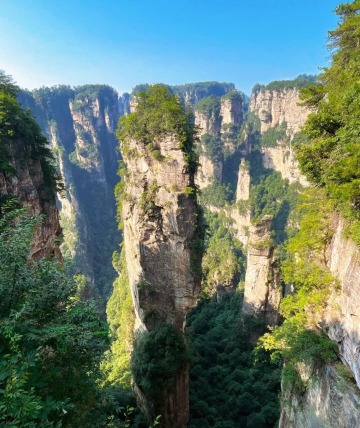
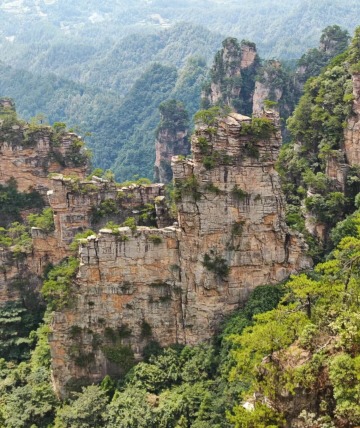
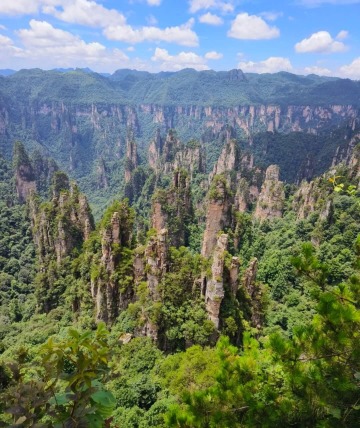
When it comes to the top mountain in China, Zhangjiajie takes the crown. The mountains here are mainly located in Zhangjiajie National Forest Park (张家界国家森林公园) China’s first national forest park. There are over 3,000 peaks, which are slender and tall, unlike the usual “heavy” mountains. Standing in front of them feels like being surrounded by thousands of giants, and it’s absolutely awe-inspiring.
Some of the main attractions in Zhangjiajie National Forest Park include:
①Golden Whip Stream: Known as “one of the most beautiful canyons in the world.” As you walk along the stream, you can enjoy the stunning scenery and listen to the traditional songs of the local Tujia women.
②Yuanjiajie: Home to the “Avatar Hallelujah Mountain,” which served as the inspiration for the floating mountains in the movie Avatar.
③Yangjiajie: Here, you’ll find a rare natural “Great Wall” that stretches across the landscape.
④Tianzi Mountain: Once a settlement of the Tujia people, it still holds many of their customs and traditional architecture.
Zhangjiajie National Forest Park attracts millions of visitors every year, and more than 40% of international tourists are from South Korea, making it a popular destination for Korean travelers.

